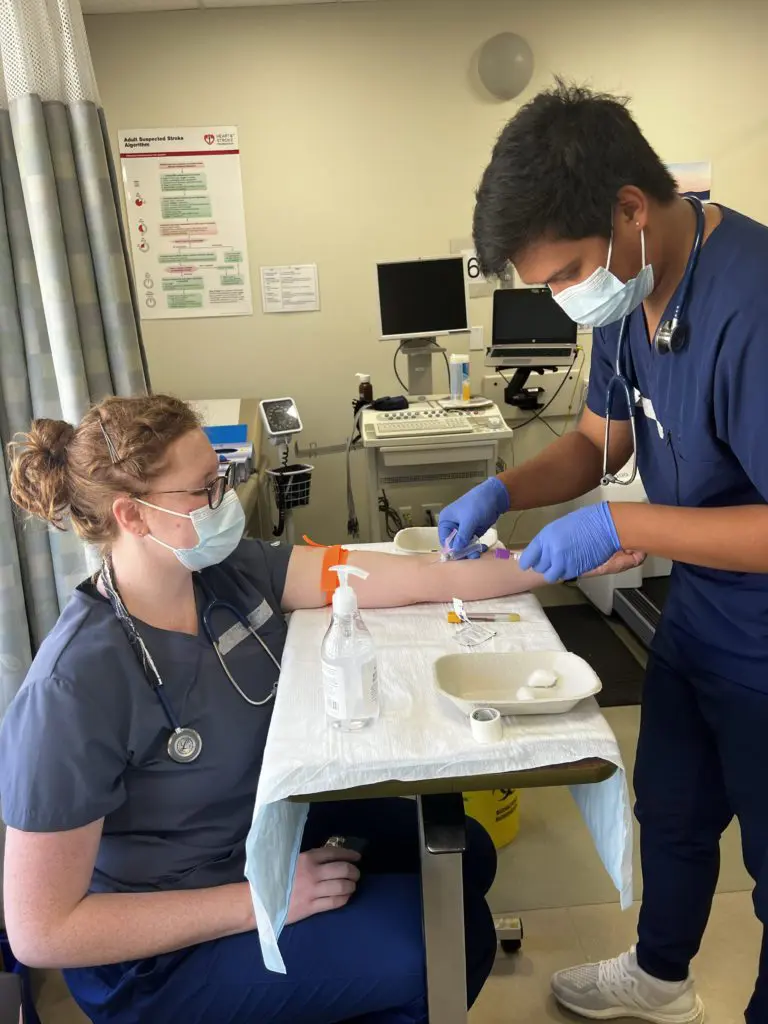Students in cardiology technologist training already know that an extremely important and fast-paced career awaits them after graduation. What students may not know is that the profession itself is fairly new, only coming into existence less than a century ago.
Over the past hundred years, cardiology technology has advanced tremendously, allowing medical professionals to learn more about the human heart than ever before. Here are five key advances in the cardiology field that have made this profession what it is today.
Electrocardiography and the Birth of the Cardiology Technologist
Cardiology technologists and the healthcare practice in general owe a lot to Willem Einthoven. Whether technologists are performing a 12, 18, Lewis or Fontaine Lead ECG on a patient, they will be using his Electrocardiograph invention.
In the 1920s, Einthoven made the first ECG machine after recording the first human electrocardiogram with a string galvanometer. This invention made the heart surgeon’s job easier and made the cardiology technologist’s job possible.
Cardiology Technologists Replace Bloodletting with Phlebotomy
Phlebotomy, or the removal of small quantities of blood for diagnostic purposes, is something students in cardiology technologist training will learn to do on a routine basis. It is a good way to monitor cardiovascular risk factors and detect potential problems in order to prevent cardiovascular diseases.
However, this process originated from a much less scientific practice known as bloodletting. As far back as Ancient Greece, people believed that diseases could be cured by removing blood containing “humours” with leeches and other tools. This practice was dominant even into the 19th century, and today there are still some legitimate reasons to remove large quantities of blood from the body, namely for blood transfusions.
Holter Monitor Helping Cardiology Technologists for 50 Years
The Holter Monitor, or ambulatory electro cardiology device, is something students in cardiology technologist courses as well as graduates working in the field are undoubtedly familiar with. Some may be surprised to hear that the process of attaching electrodes to a patient’s chest to monitor electrical signals in the heart is only 50 years old.
Physicist Norman J. Holter invented telemetric cardiac monitoring in 1949. The first clinical use only started in the 1960s, and the practice finally became widespread in the following decades.
Pacemaker Technology and the Cardiology Technologist
People who received their cardiology technologist training in Surrey are generally responsible for measuring the lead threshold during lead pacemaker implants. Pacemakers, a well-known lifesaver, weren’t always part of the cardiology technologist’s world though.
While the concept may have been around since the end of the 1800s, pacemaker development only started making progress in the 1920s, and was temporarily halted during the Second World War. It picked up again in the 1950s, where the first wearable pacemaker was invented. The first implantable device only came into existence in the mid-1960s. Now, these devices are a part of the daily lives of cardiac patients and cardiology technologists, saving patients every day and allowing those with heart conditions to live a normal life.
Given how far the cardiology technologist profession has come in the last century, what progress do you think cardiology technology will make in the next 100 years?






![An ECG demonstrates the extensive antero-septal-lateral myocardial infarction [heart attack] that Taryn witnessed.](https://stenbergcollege.com/wp-content/smush-webp/2022/12/ecg-1024x530.jpg.webp)



